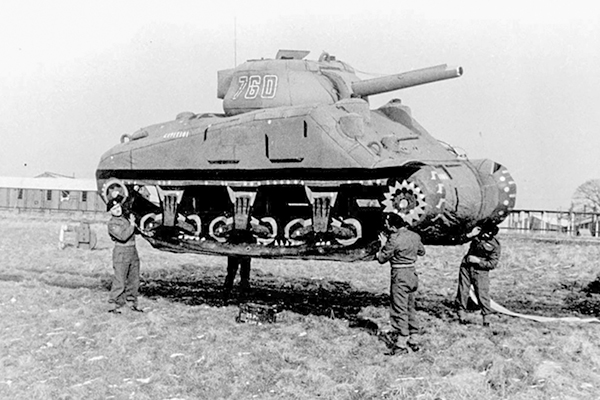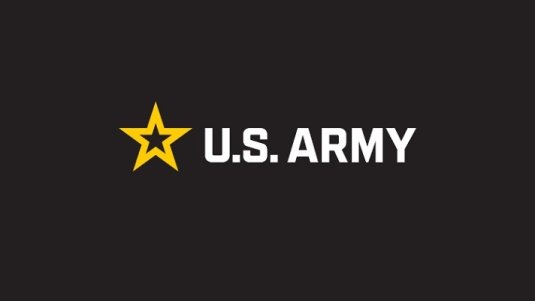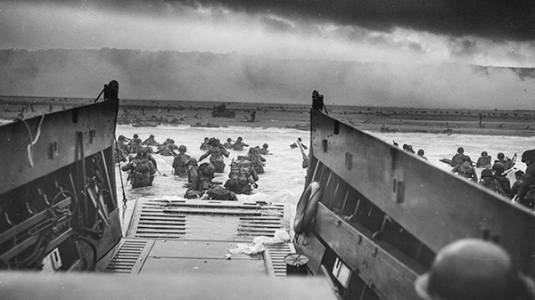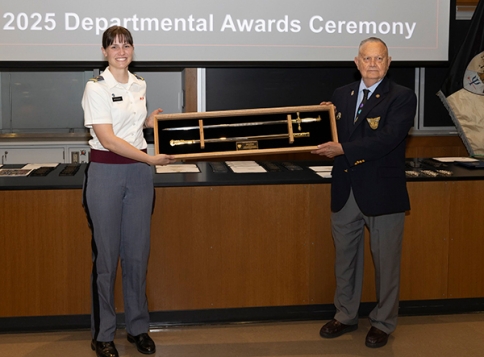By Keith J. Hamel, WPAOG Staff
It took 50 years to declassify their actions and another 28 years for its soldiers to get recognition for their role in World War II; however, on March 21, 2024 the 23rd Headquarters Special Troops, popularly known as “The Ghost Army,” received the highest honor Congress bestows, a Congressional Gold Medal, an award first given to George Washington in 1776.
According to Richard Rebh—whose father, Major General George Rebh ’43JAN (Retired), commanded the 406th Engineer Combat Company of the Ghost Army when he was a captain—the 23rd Headquarters Special Troops “is reputed to have had one of the highest concentrations of West Point graduates in any unit during the war.”
Then-Lieutenant Colonel Billy Harris ’33 is credited with developing the idea of the Ghost Army in 1943 (along with his subordinate, Major Ralph Ingersoll). An article on the Ghost Army Legacy Project website notes: “Harris was the feet-on-the-ground, ‘how do we make this work’ guy; Ingersoll was the wild idea, pie-in-the-sky guy.”
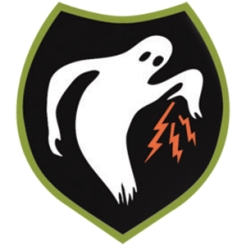
Often compared to a theatrical company, the 23rd was activated on January 20, 1944, at Camp Forrest, Tennessee. Using four types of deception (visual, radio, sonic, and special effects), its mission was to fool the enemy into thinking that American units were bigger and in different locations than they really were. In addition to the aforementioned 406th, whose 168 soldiers provided security for the Ghost Army, the 23rd was made up of the 603rd Engineer Camouflage Battalion (379 soldiers), which used an assortment of inflatable tanks, trucks, and artillery weapons; the 244th Signal Company (296 soldiers), which conducted “spoof radio,” impersonating radio operators from real units; and the 3132 Signal Service Company (145 soldiers), which used massive speakers mounted on half-tracks to project the sounds of unit activities (e.g., armored columns moving) up to 15 miles downrange.
The Ghost Army was commanded by Colonel Harry L. Reeder Sr., whose son, then-First Lieutenant Harry L. Reeder Jr. ’43JUN, served with the 23rd throughout the war. Lieutenant Colonel Clifford Simenson ’34 was another senior leader in the Ghost Army, serving as its operations officer. According to Rick Beyer and Liz Sayles’s book The Ghost Army of World War II, “Simenson was instrumental in formulating the doctrines and tactics they would employ on the battlefield to simulate larger units under various conditions.”
Between June 1944 and March 1945, the Ghost Army completed more than 20 “deception missions,” including Operation Viersen, “the last, biggest, and best deception of the war,” according to Beyer and Sayles. The operation was largely the work of Lieutenant Colonel Merrick Hector Truly ’31, the executive officer of the 23rd, and its objective was to deceive the Germans as to the strength of the Ninth Army and the time and location of its Rhine River crossing. The crossing was such a success that Lieutenant General William Simpson, Class of 1909, the commander of the Ninth Army, gave a special commendation to the Ghost Army. Seventy-seven years later, the commander in chief of the U.S. Armed Forces signed a bill authorizing Congress to present its highest honor to, among others, those now in the “ghostly assemblage” of the Long Gray Line who are credited with saving the lives of between 15,000 to 30,000 soldiers during World War II.
What do you think? Click here to answer four questions.

